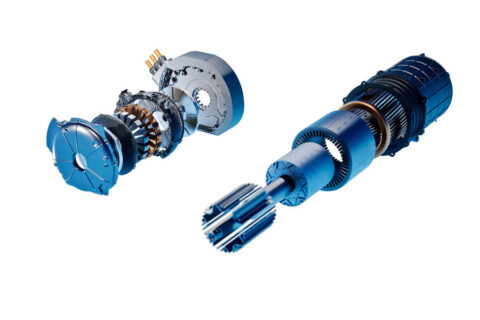Lexus’s idea is a bit of fun, but it will ultimately fade away. We will be left with something embracing the best that the next generation of tech can give us, and it will be good.
EVs are naturally quiet and sound isn’t an important consideration for most today, but there’s room to exploit the sounds that motors naturally emit, and electric sports car makers might well do so. It’s entirely possible that something resembling the sound of a very high-revving engine (like in a 1990s Formula 1 race car or a TT motorbike) might not only be on the cards but be authentic too.
One thing you can do with a motor that you can’t do with a combustion engine is put it inside the wheels. There are challenges, such as a significant increase in unsprung weight, but with lighter tech and the integration of battery cells within the structure of the car (it’s already happening), designers will be freed from the constraints that engines, drivelines and fuel systems have imposed on them.

For performance cars and especially sports cars, that will open up all kinds of design possibilities.
The biggest question mark is still over what kind of energy storage there will be in a few decades’ time, because that will have a significant impact on that most essential attribute of a performance car: its weight. Solid-state tech has become a legend before its time, and there’s still no concrete sign of when it will arrive. When it does, it will replace the liquid electrolyte in the cells, making the battery safer, lighter, more powerful and faster-charging.
